This blog post showcases our tweets that have gained the most popularity this year!
January
Item 62 of #Highfieldina100items is a 1964 @unisouthampton Freshers’ conference programme. Wine and cheese party in the Refectory anyone? #HighfieldCampus100 #ExploreYourArchives @UniSotonAlumni @Union_Soton @HumanitiesUoS @HistoryAtSoton @HistoricalSoton @soton pic.twitter.com/iS3yqxscla


February
Item 87 of #Highfieldina100items is a photograph of tree being planted in honour of the first nursing graduates @unisouthampton in October 1986 @HSciences pic.twitter.com/WX4dYWmlOW
March
March’s #documentofthemonth is a letter from Reverend Patrick Brontë, the father of the Bronte sisters that were writers, to the first Duke of Wellington discussing his ideas on firearms. He judges the musket he has drawn “to be the best, for all the purposes of a soldier.” pic.twitter.com/qs6t8T2muy
April
#HappyBirthdayYourMajesty! We mark the Queen’s 94th birthday with this photograph of her visit to @unisouthampton in 1966. Here she is met by Chancellor of the time, Lord Keith Murray. During her visit she saw an exhibition of Kinetic art, and the campus @NSTheatres. #Archives pic.twitter.com/jMyyxKsb83
May
To mark #NationalWalkingMonth, why not discover Southampton through Jane Austen’s eyes with this blog post? Jane Austen’s Southampton | University of Southampton Special Collections (wordpress.com) #AllSaintsChurch #NewBridge #NetleyAbbey #JaneAusten #Archives @SotonEnglish @SouthamptonHid1 @SotonianHistory @HistoricalSoton @sadtht

June
A lost view of Southampton’s High Street is today’s #ThursdayThought. On the left is the Audit House (with balcony), its upper floor housing the municipal offices and the open ground floor, a market. @HistoricalSoton @SouthamptonHid1 @SotonianHistory @SotonStories pic.twitter.com/w9rAbxjL4U
July
No room on the charabanc in this week’s #MondayMemory which features a photograph of an outing from Southampton’s Crown & Sceptre pub in August 1921. @HistoricalSoton @SotonianHistory @SouthamptonHid1 @SotonStories pic.twitter.com/GDUp6Q5p2G
August
Throughout August we will be posting tweets on #holidaysandjourneys. The Royal Pier, Southampton, was opened by the Duchess of Kent and Princess Victoria in July 1833: the original pier had a central carriage-way and footways on either side. @SotonStories pic.twitter.com/jH5itL5nm5

September
In the days before social distancing, these photographs show students enjoying the green spaces on Highfield campus in the summer of 1995. #UOSstudentlife@explorearchives@ArchiveHashtag@UniSotonAlumni


October
Today’s #UOSstudentlife tweet features a photograph of the Montefiore House Halls of Residence under construction in 1977. The halls are now part of the Wessex Lane Halls Complex. Did you stay in these halls as a student? Are you staying in these halls this year? @UniSotonAlumni pic.twitter.com/K07aREr1mM
November
Today’s #ExploreYourArchive theme is labels, and so we show a label from our Basque child refugee collections. You can find out more about these collections here: southampton.ac.uk/archives/resou… @explorearchives @ARAScot @basquechildren @Civil_War_Spain @paxcyclist pic.twitter.com/kF1LhS57mC
December
Today’s #WinterWarmers tweet is an image of The Avenue in Southampton, following the great snow storm of 25 April 1908 @HistoricalSoton @SotonStories pic.twitter.com/8Pm7OY3U8q
We wish you a merry Christmas and a happy new year. Join us for our first blog in 2021, which will look back at what Special Collections got up to in the year 2020.









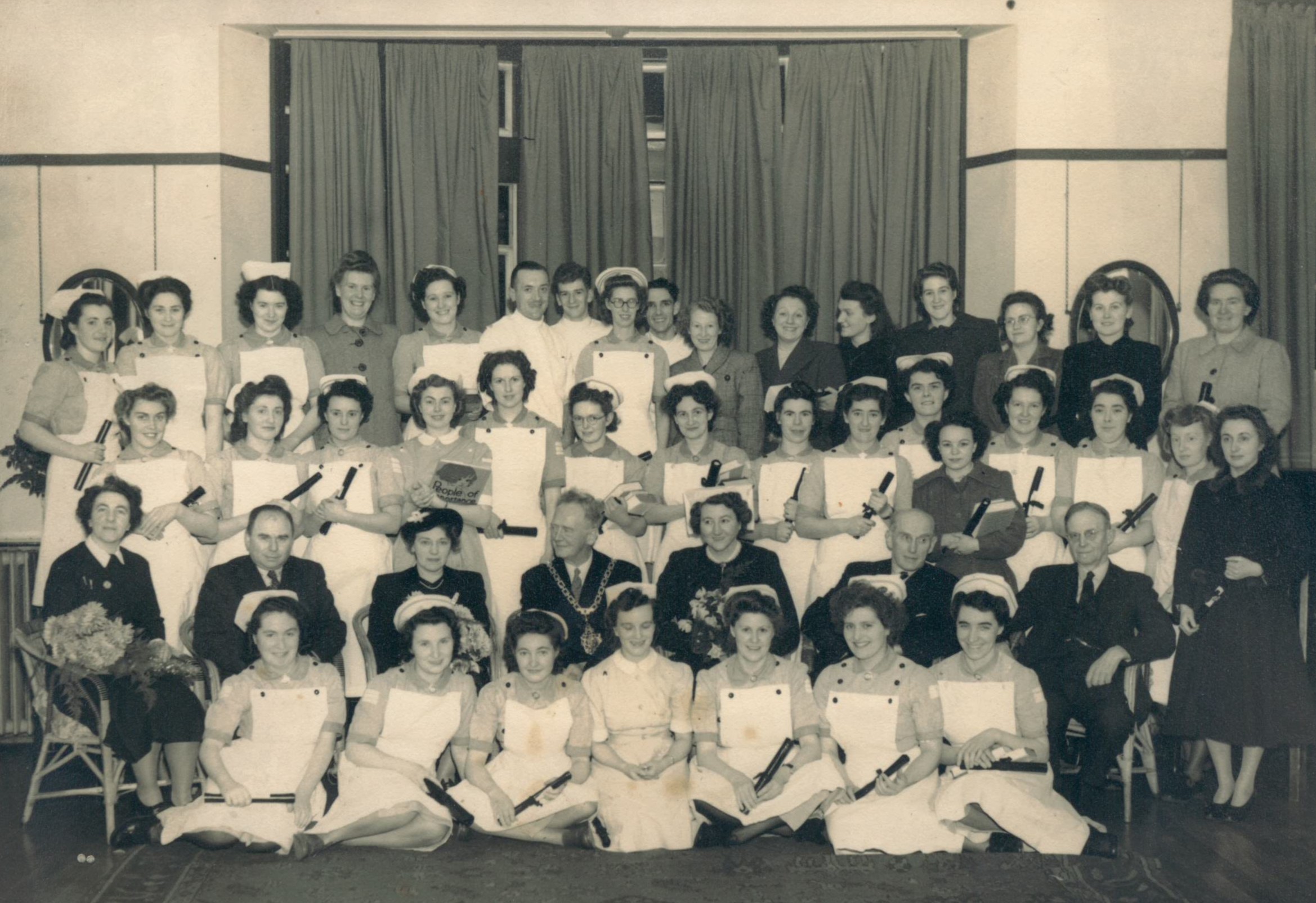
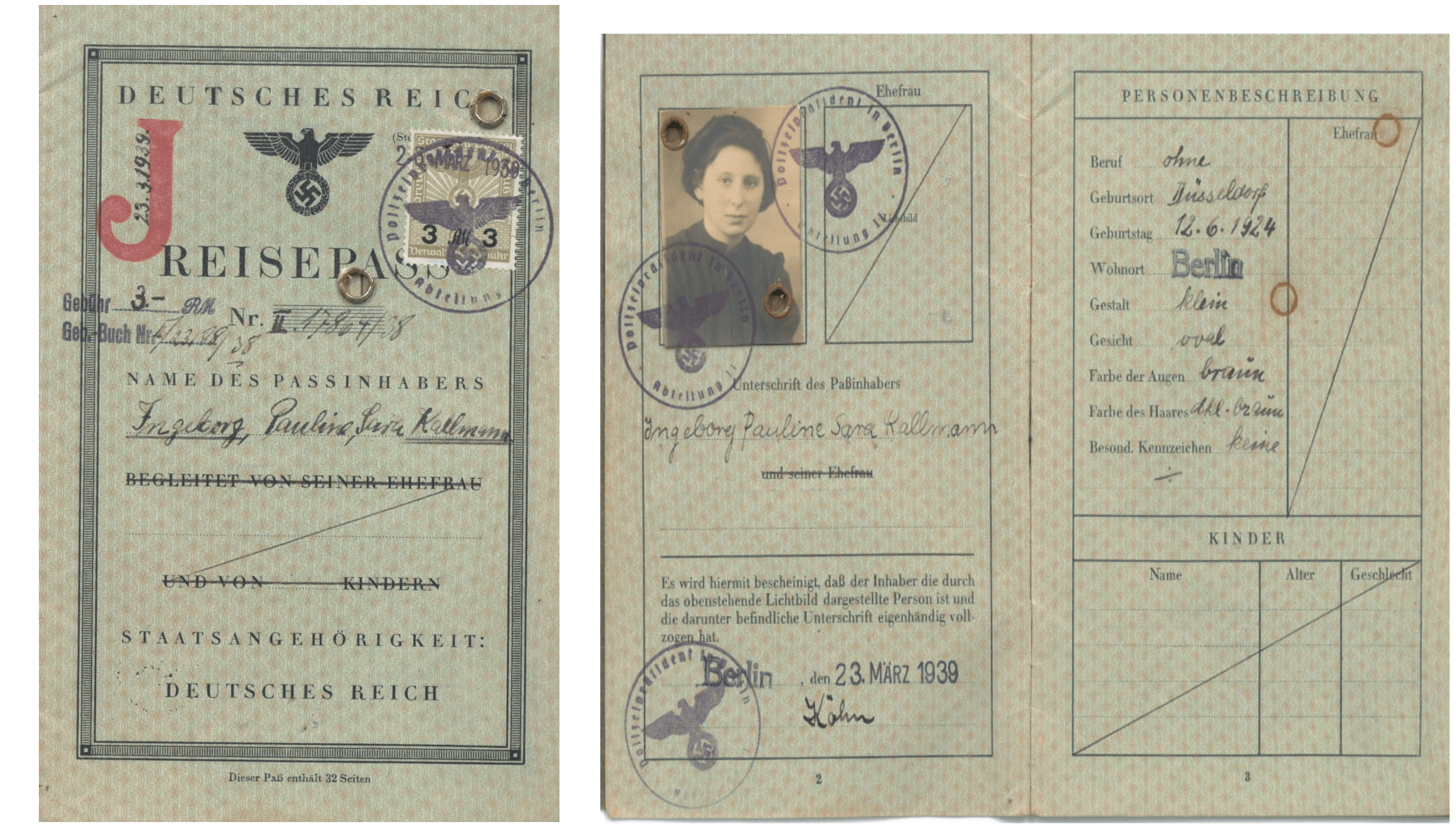
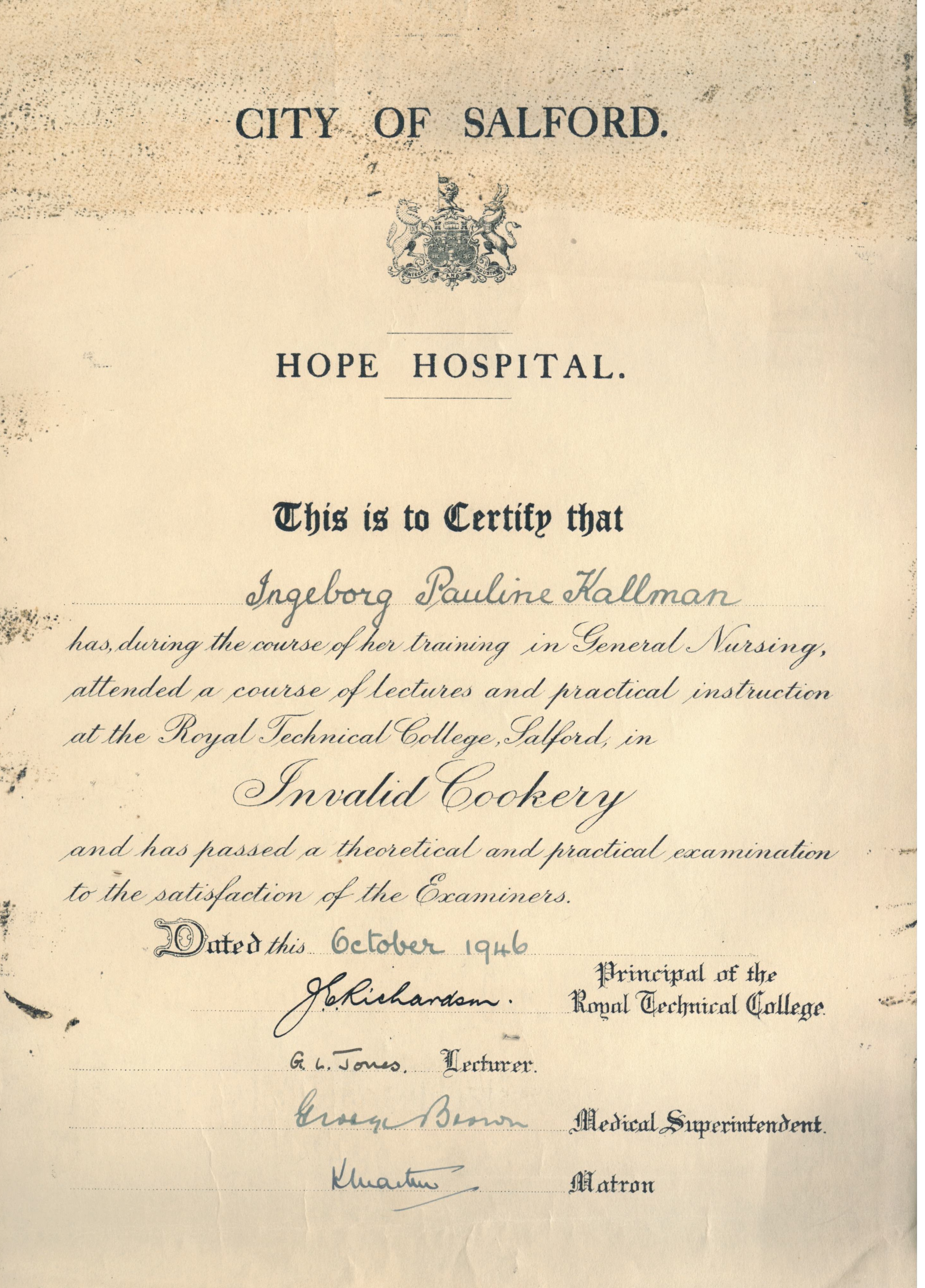
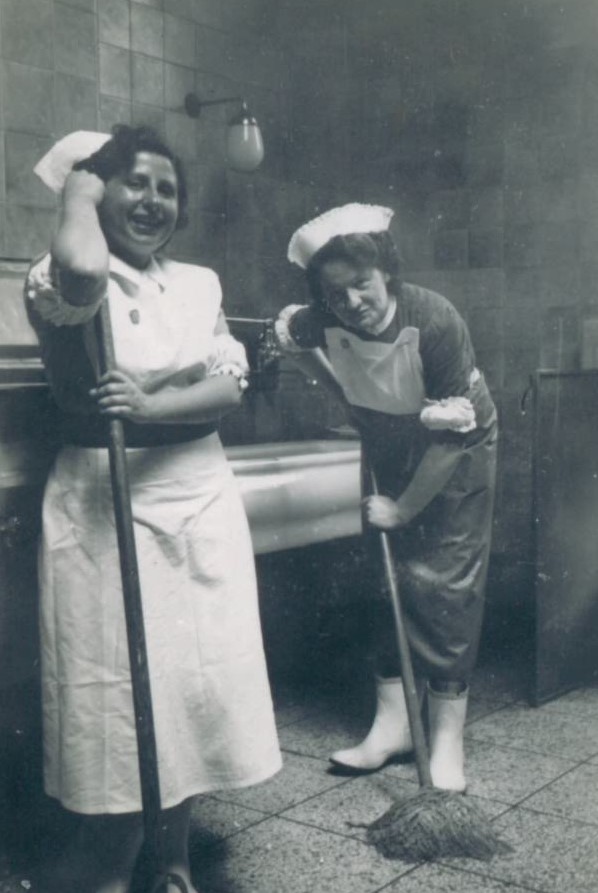
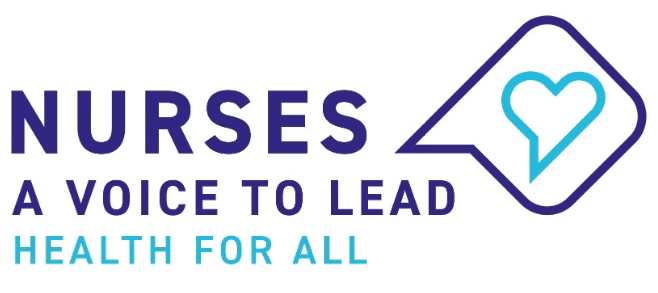
![Staff at the University War Hospital [MS 1/Phot/39 ph3104]](https://specialcollectionsuniversityofsouthampton.files.wordpress.com/2018/11/ms1_phot_39_ph3104_crop.jpg)
![Hutted ward decorated for Christmas, c.1915 [MS1/Phot/39 ph 3108]](https://specialcollectionsuniversityofsouthampton.files.wordpress.com/2018/11/ms1_phot_39_ph3108_crop.jpg)

![Notebook of lab assistant Gertrude Long [MS101/8]](https://specialcollectionsuniversityofsouthampton.files.wordpress.com/2018/11/ms101_8_cover_notebook.jpg)




![Men's football team, 1953-4 [photo_MS1_7_291_22_4] Men's football team, 1953-4 [photo_MS1_7_291_22_4]](https://live.staticflickr.com/65535/50089268168_f26eed63ef_s.jpg)
![Women's rowing team, 1961-2 [MS1_7_291_22_4] Women's rowing team, 1961-2 [MS1_7_291_22_4]](https://live.staticflickr.com/65535/50090079577_3b7acbde42_s.jpg)
![Men's rugby team, 1953-4 [MS1_7_291_22_4] Men's rugby team, 1953-4 [MS1_7_291_22_4]](https://live.staticflickr.com/65535/50089268523_4f2c587220_s.jpg)
![Women's hockey team, 1953-4 [MS1_7_291_22_4] Women's hockey team, 1953-4 [MS1_7_291_22_4]](https://live.staticflickr.com/65535/50090079692_28114e9c7d_s.jpg)